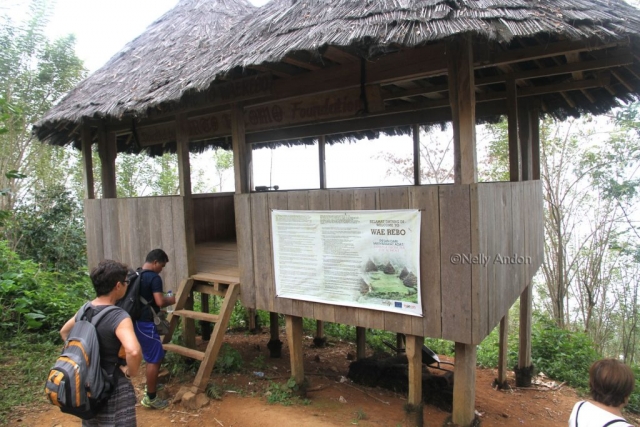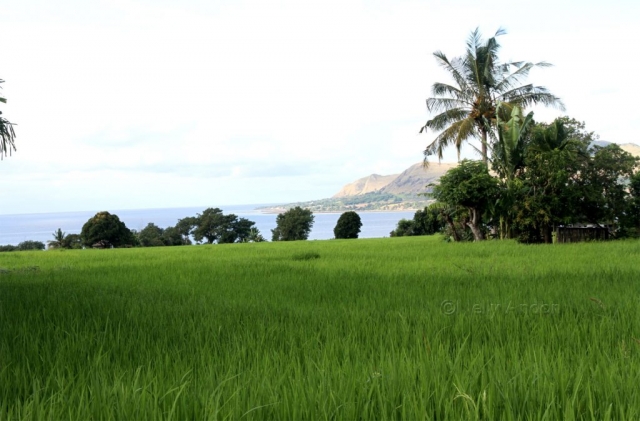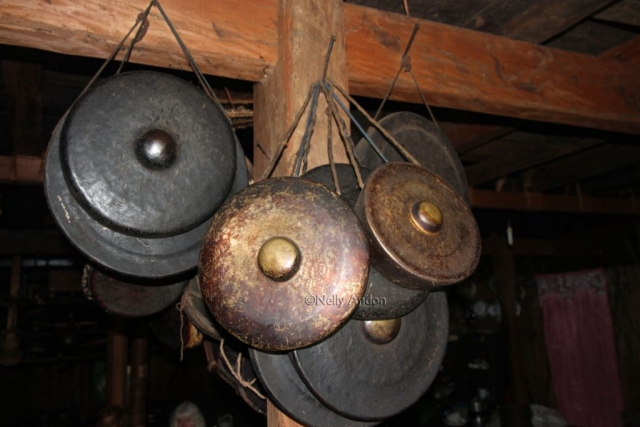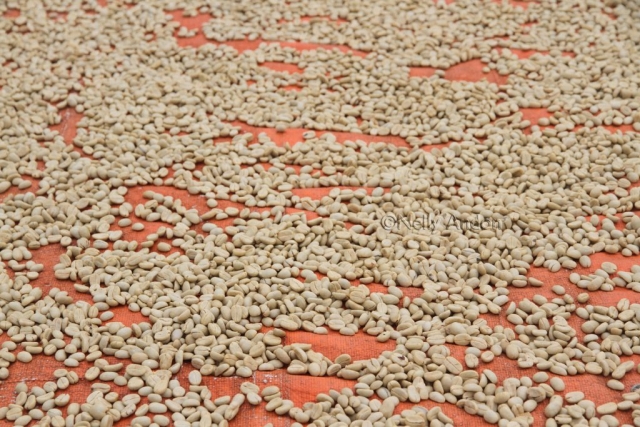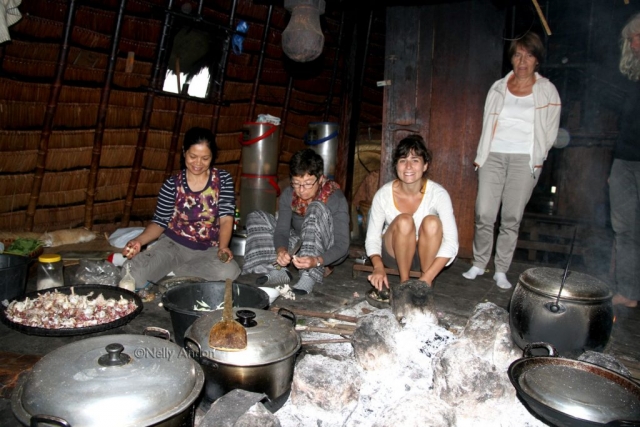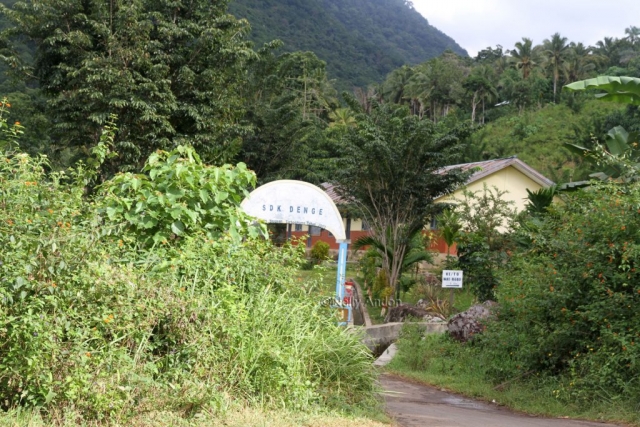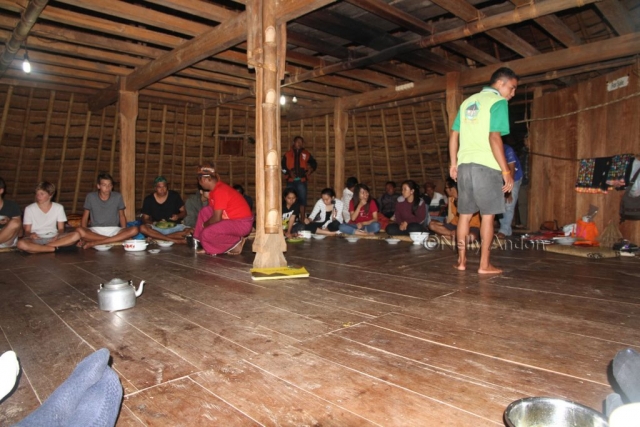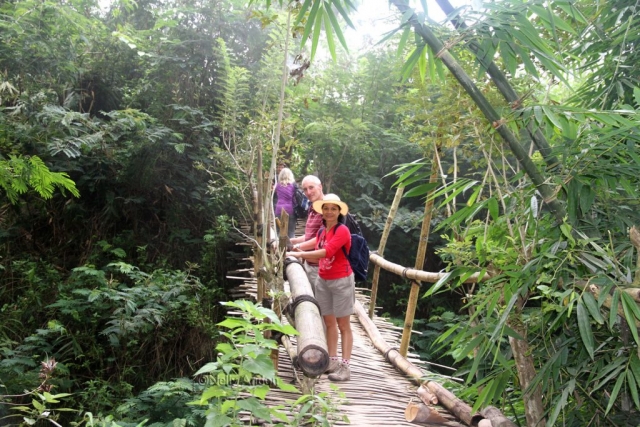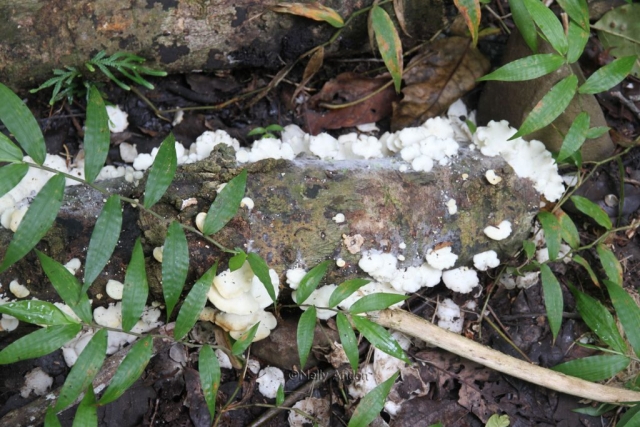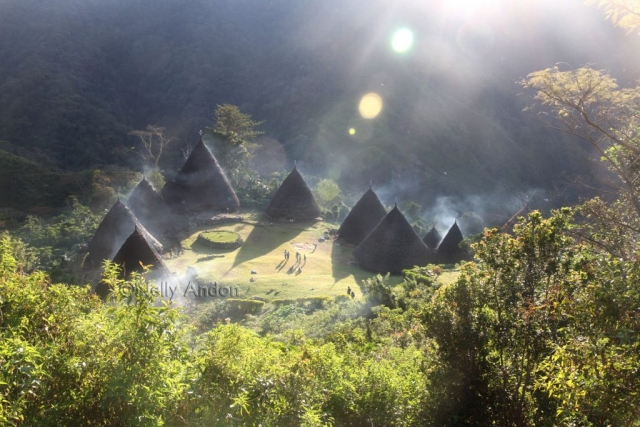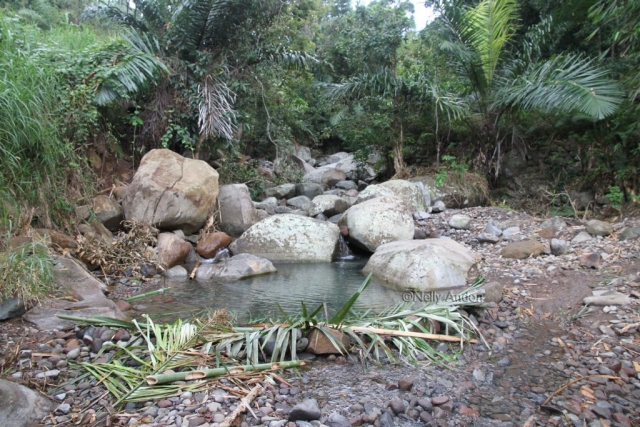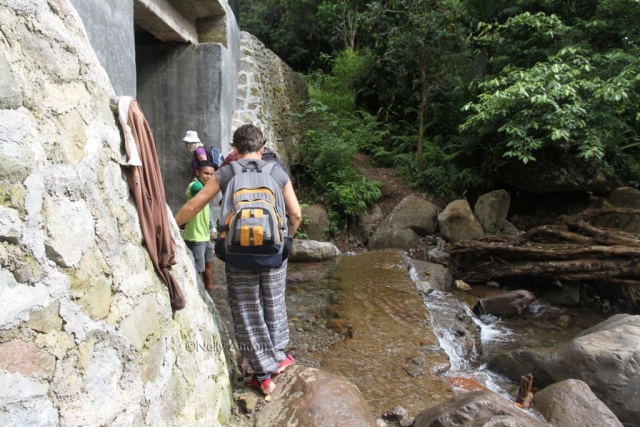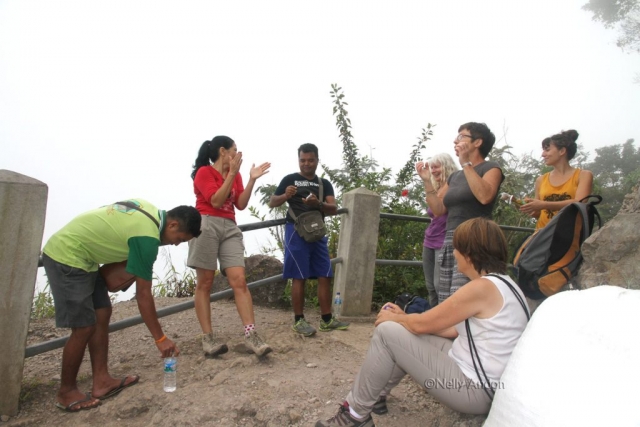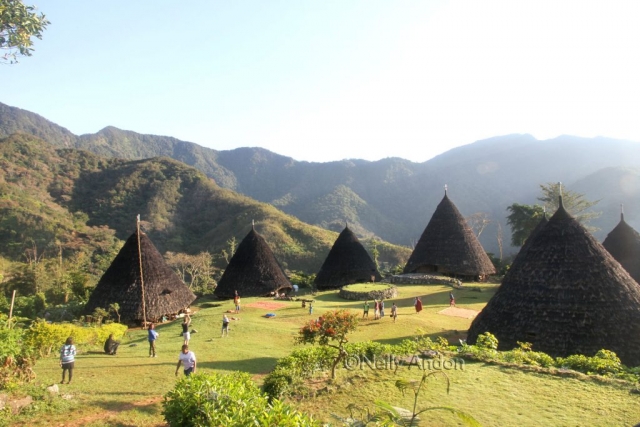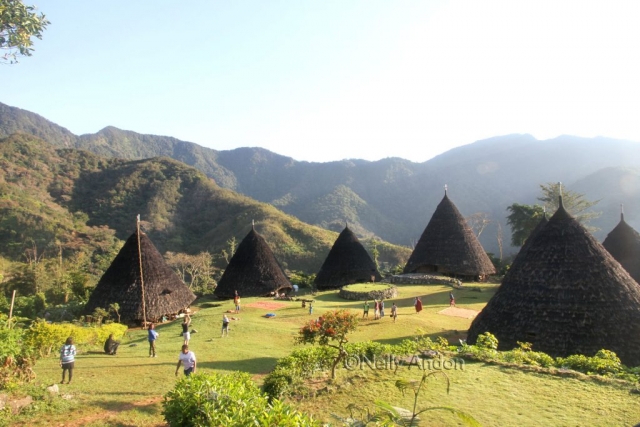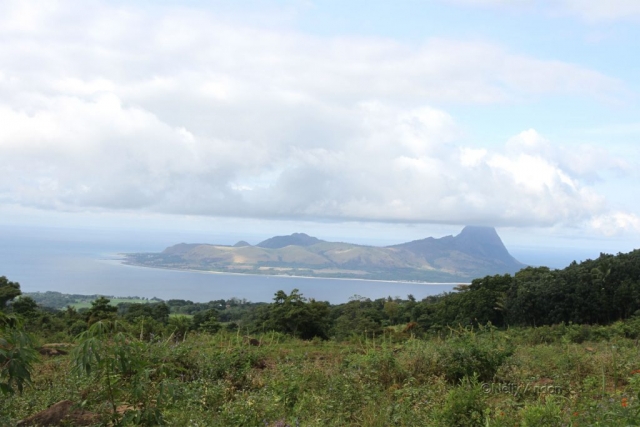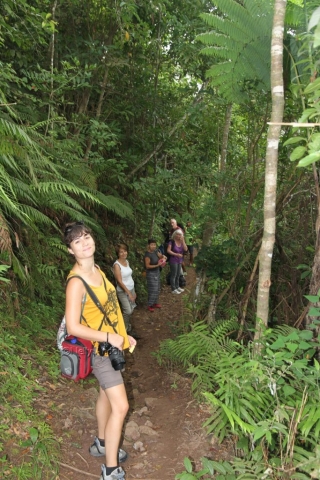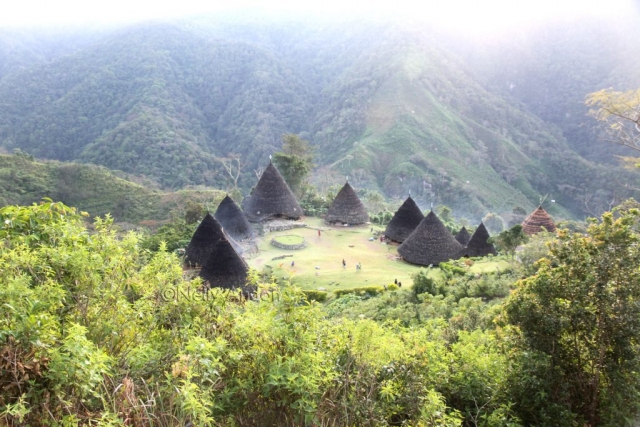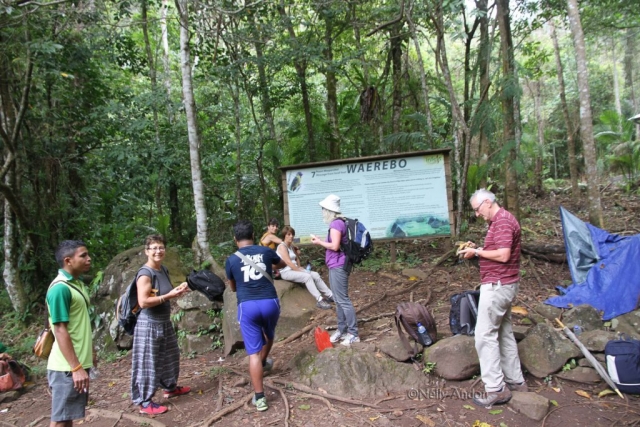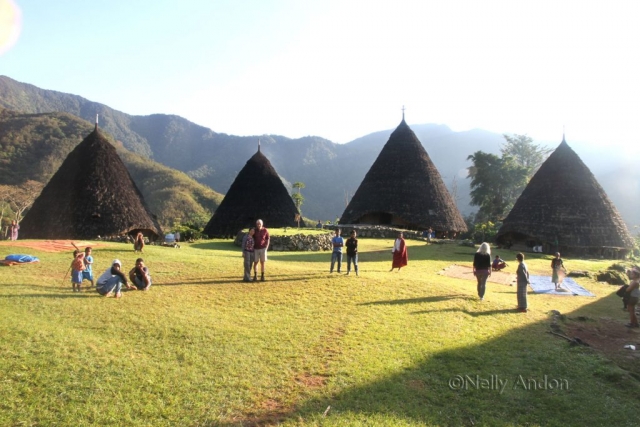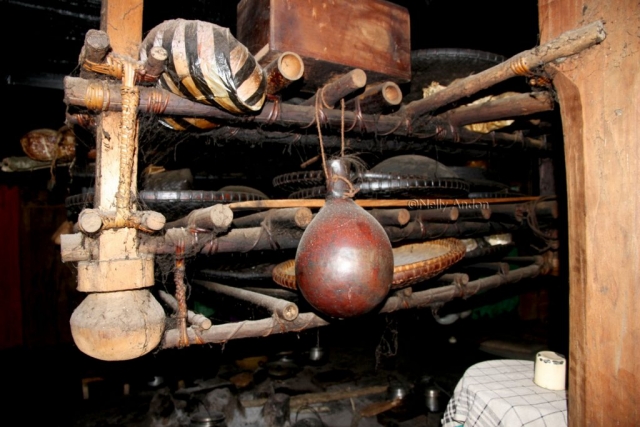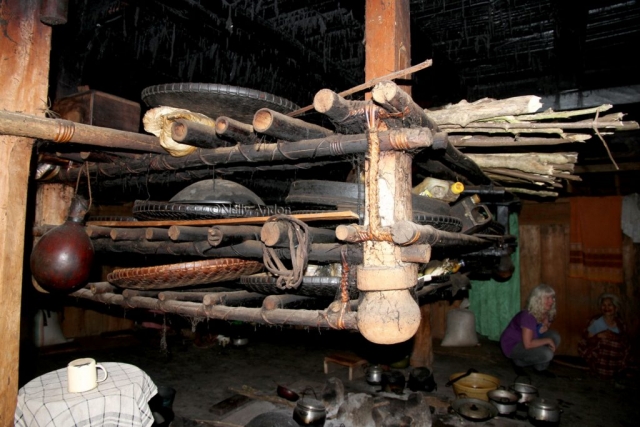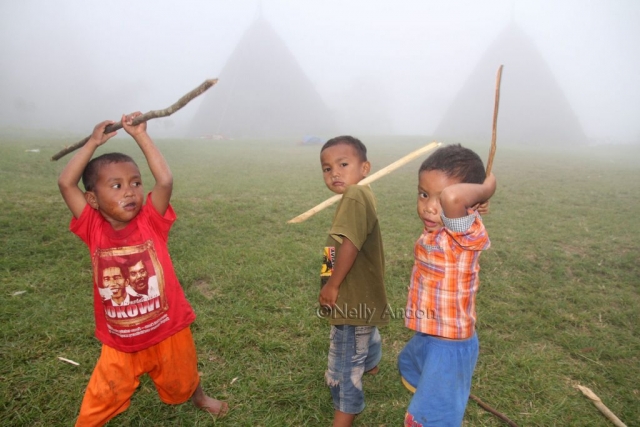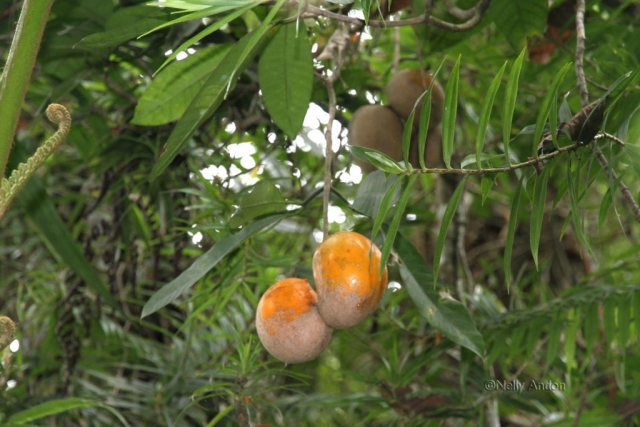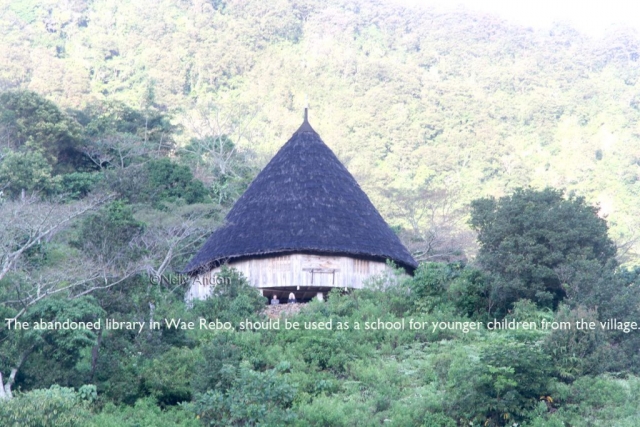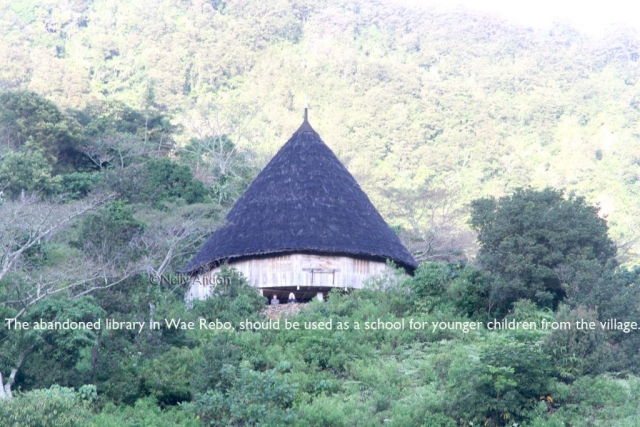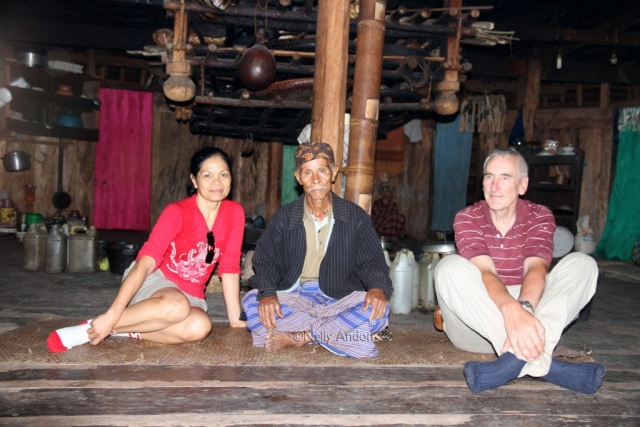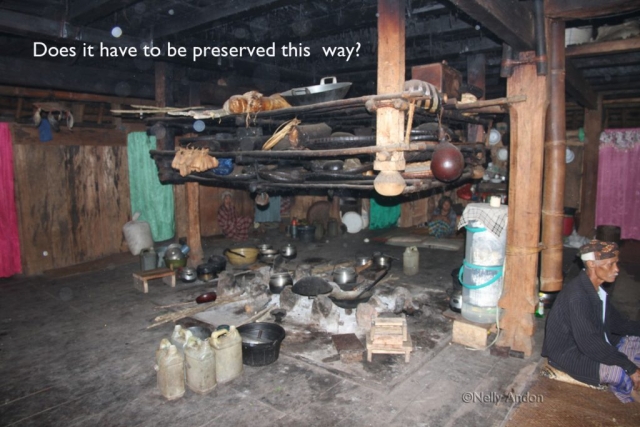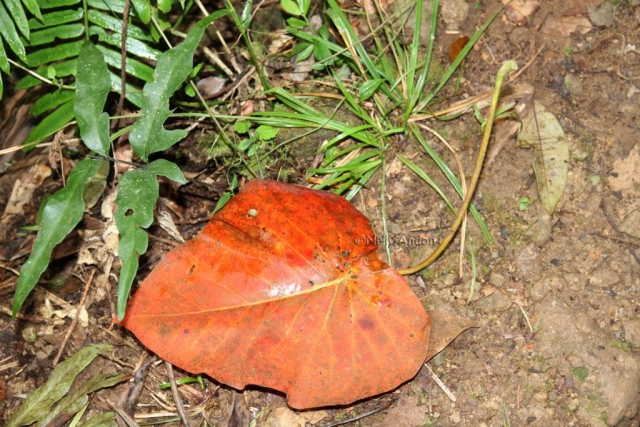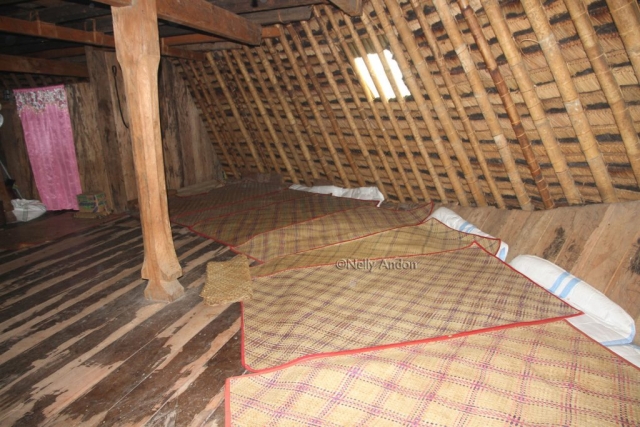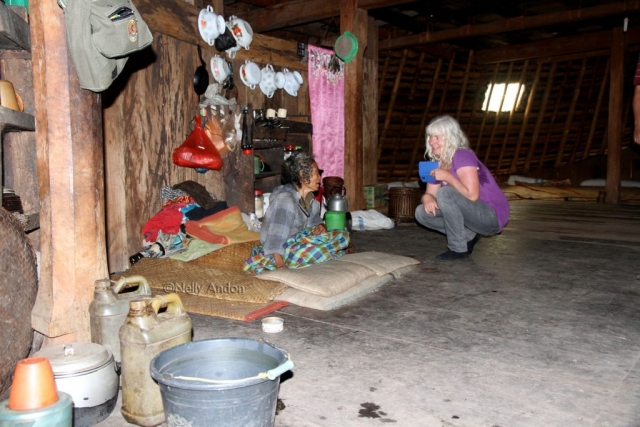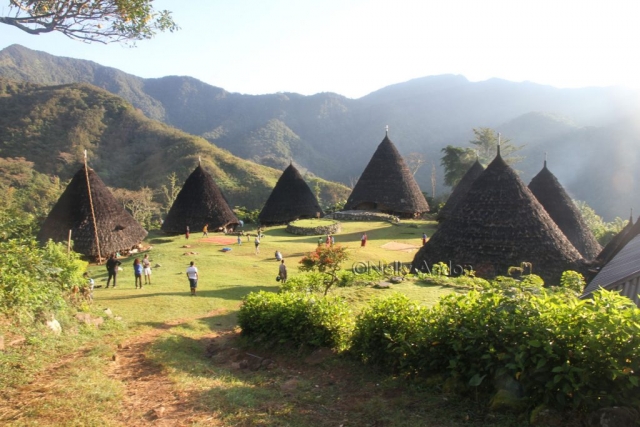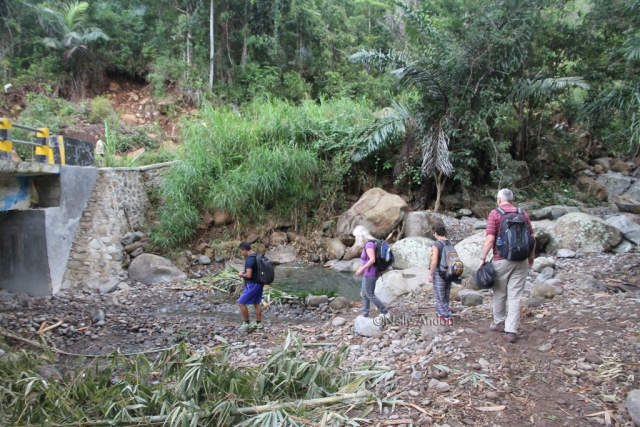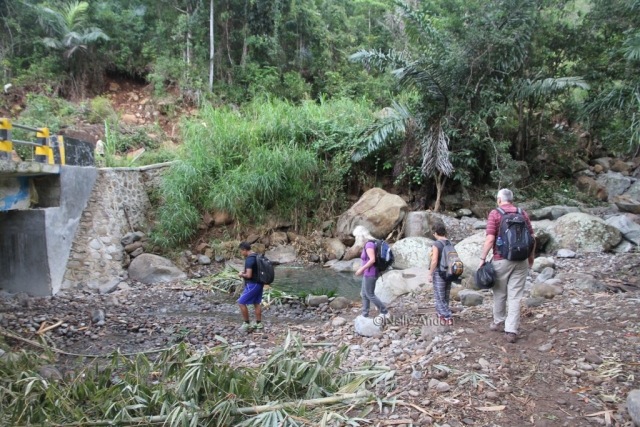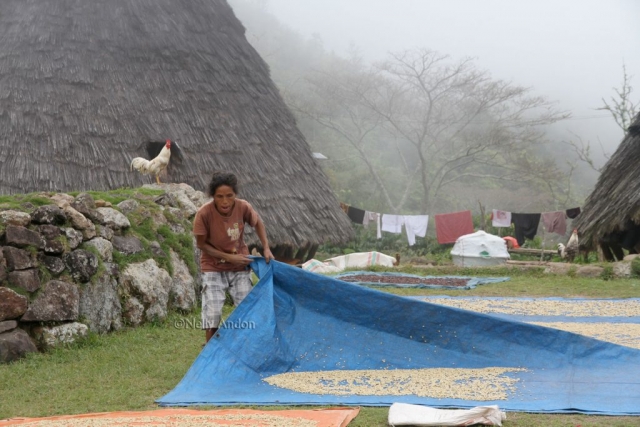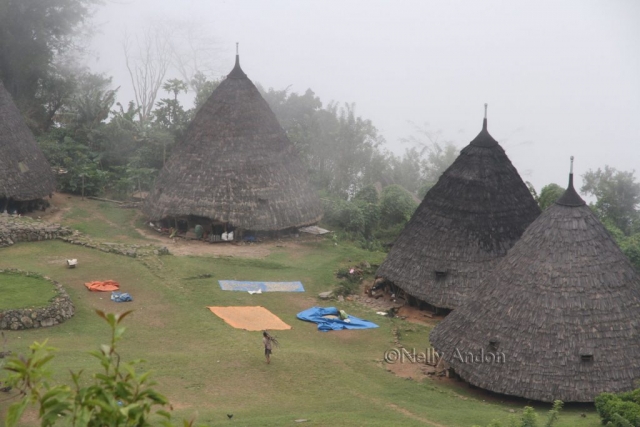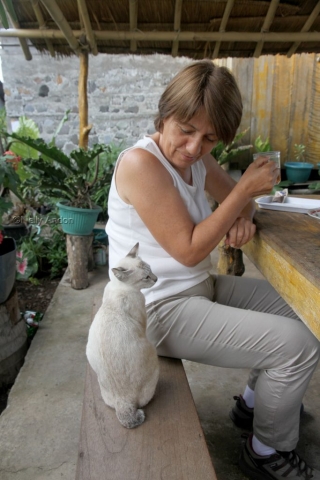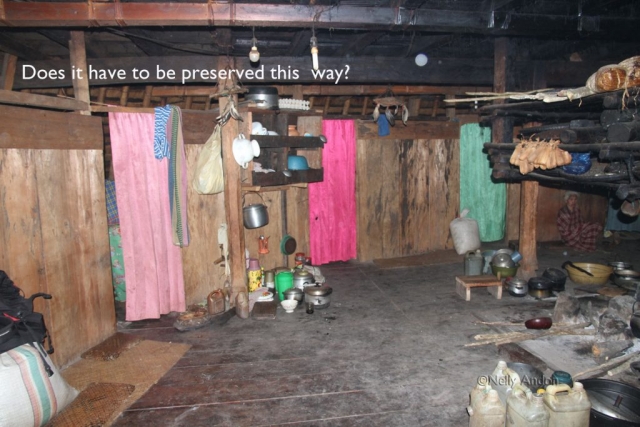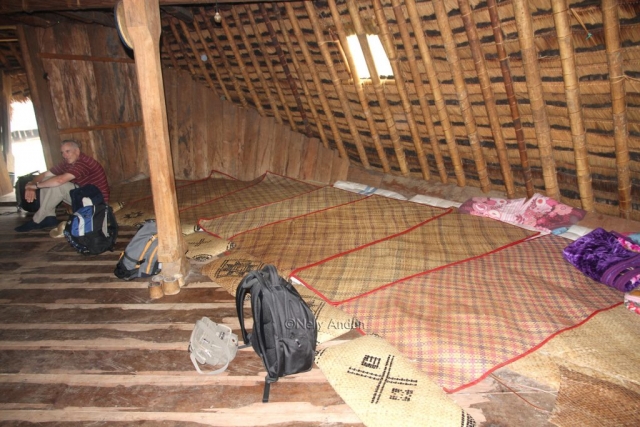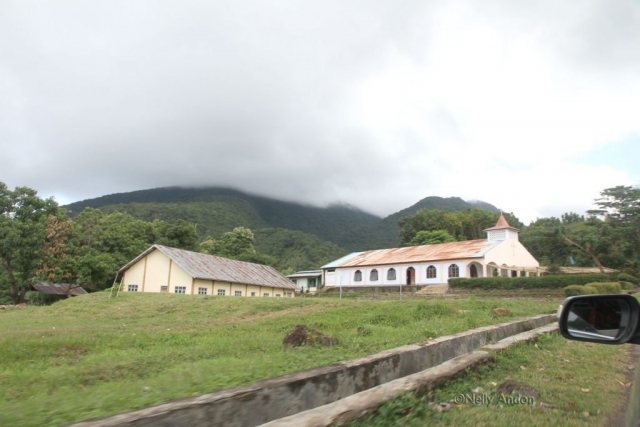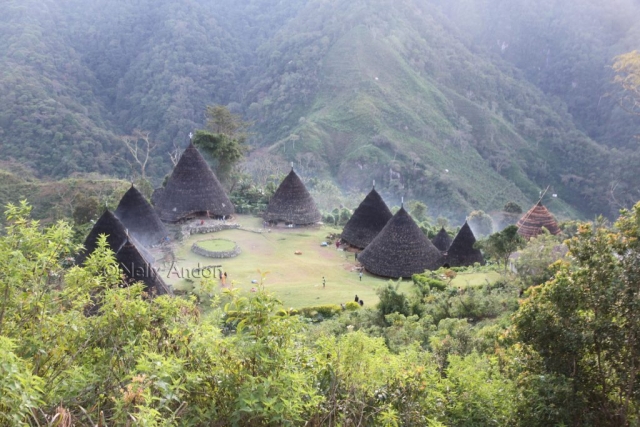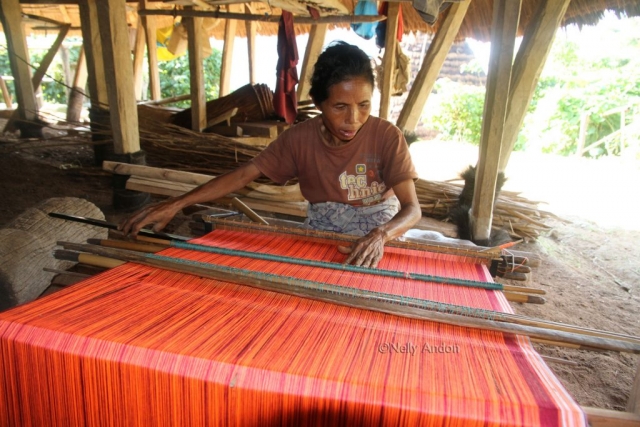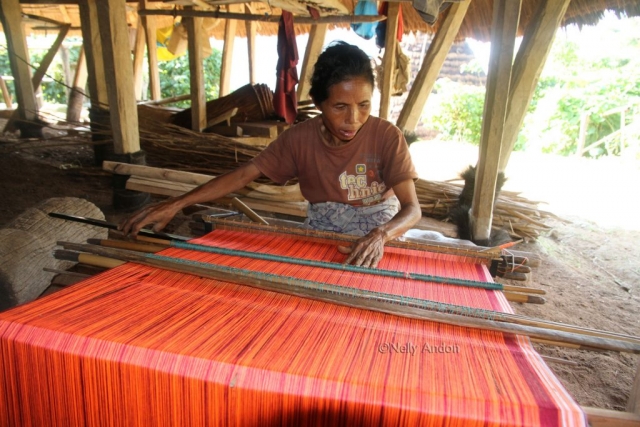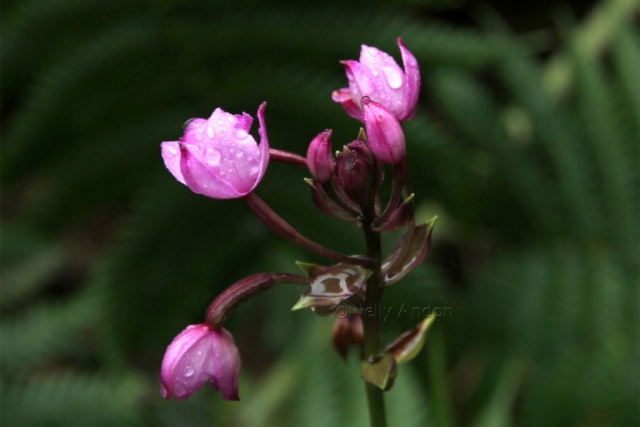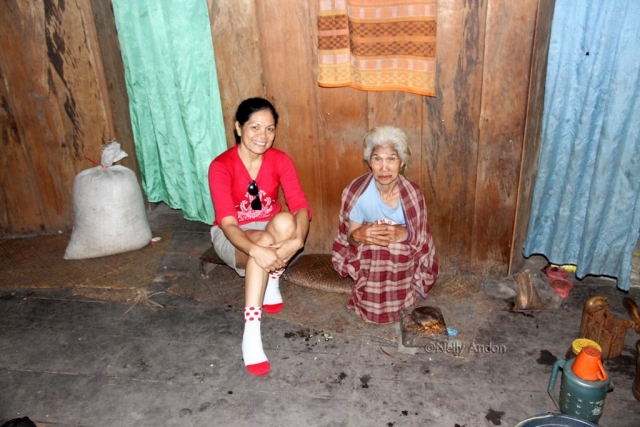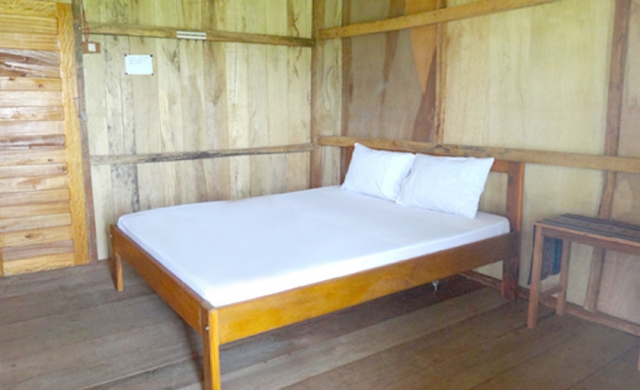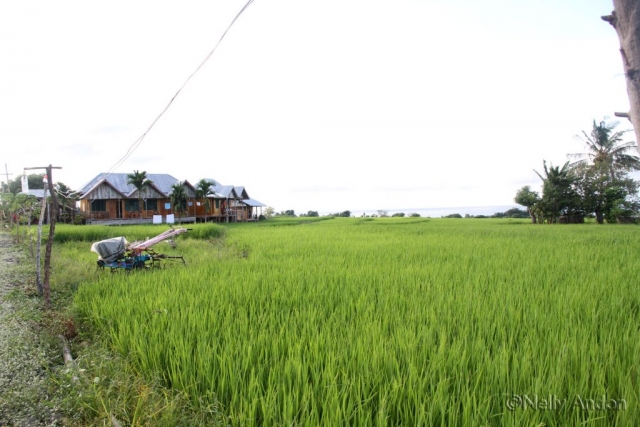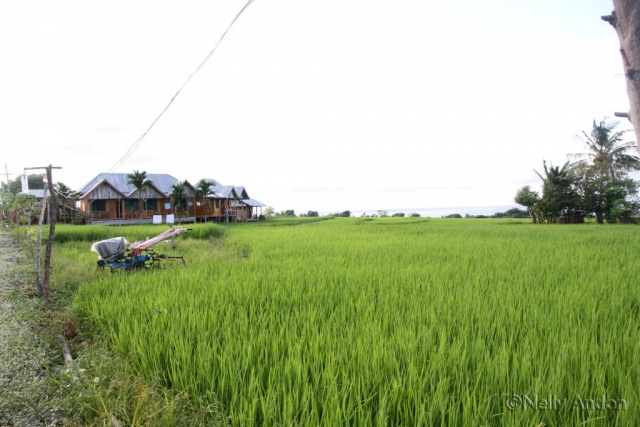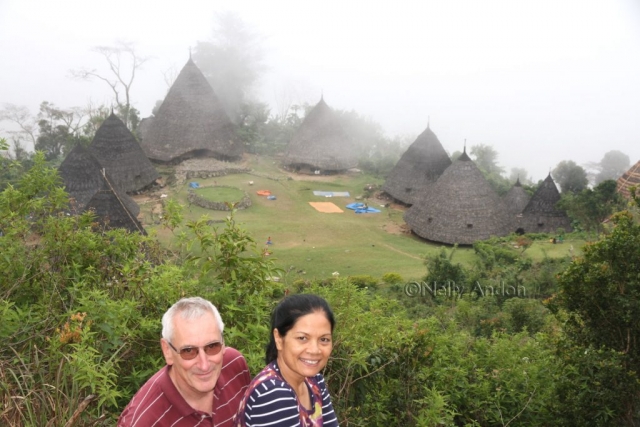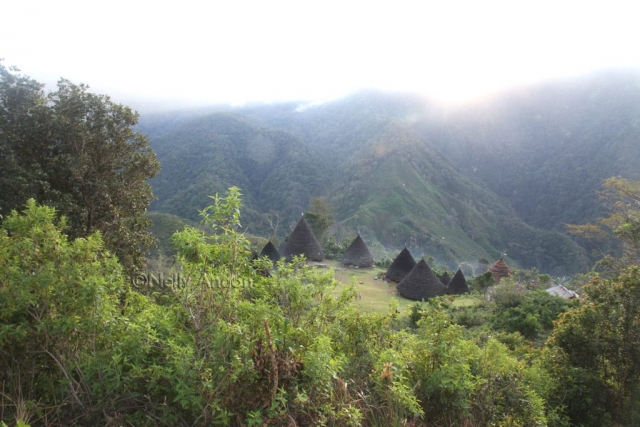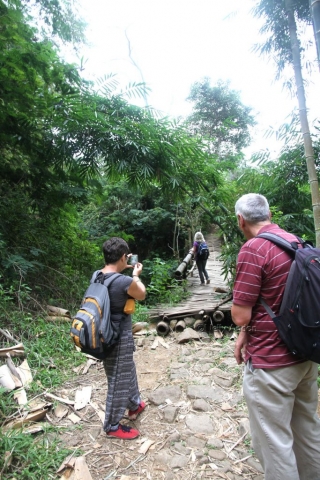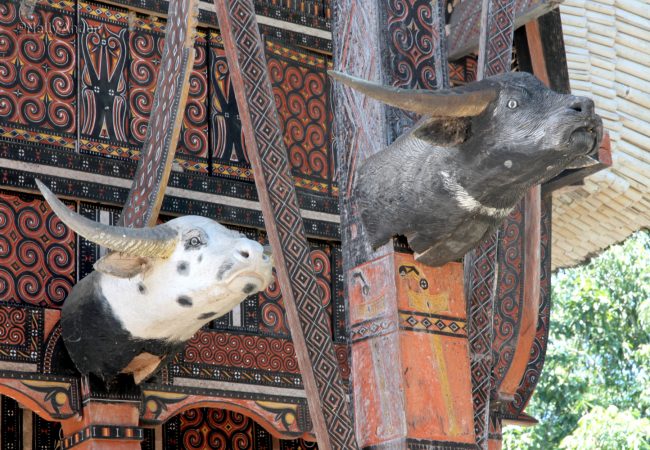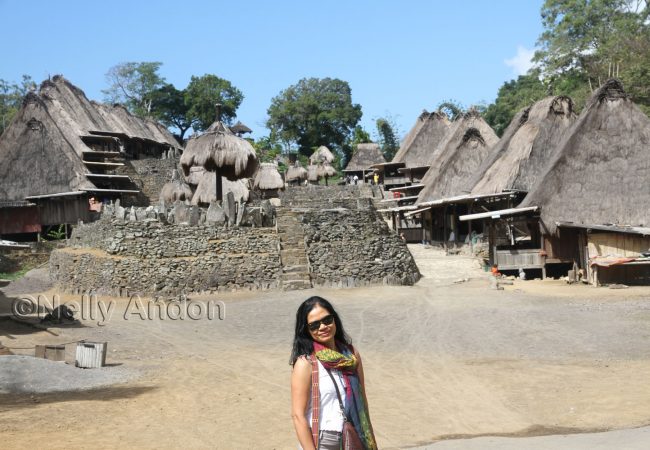Toraja has never stopped to amaze me on all my…
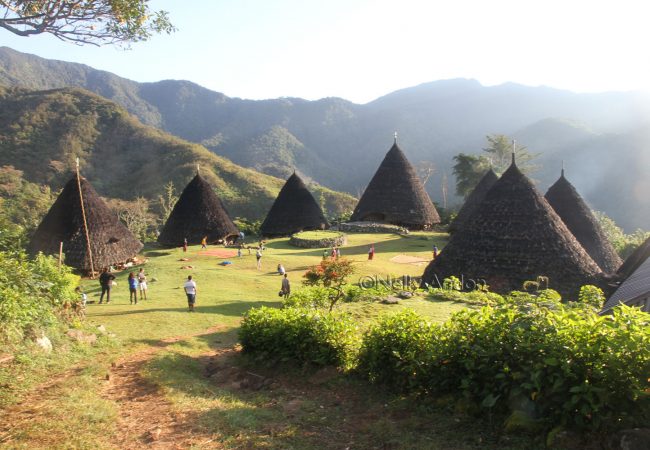
FLores adventure – Exploring Dintor & Warebo Village
Our next stop after Labuhan Bajo was Dintor & Wae Rebo. Dintor is a lovely fishing village located on the south coast of Flores. We stayed one night here at the Wae Rebo Lodge prior to the hike to Wae Rebo. The lodge is managed by Mr Martin Anggo and his family, a family originated from Wae Rebo themselves.
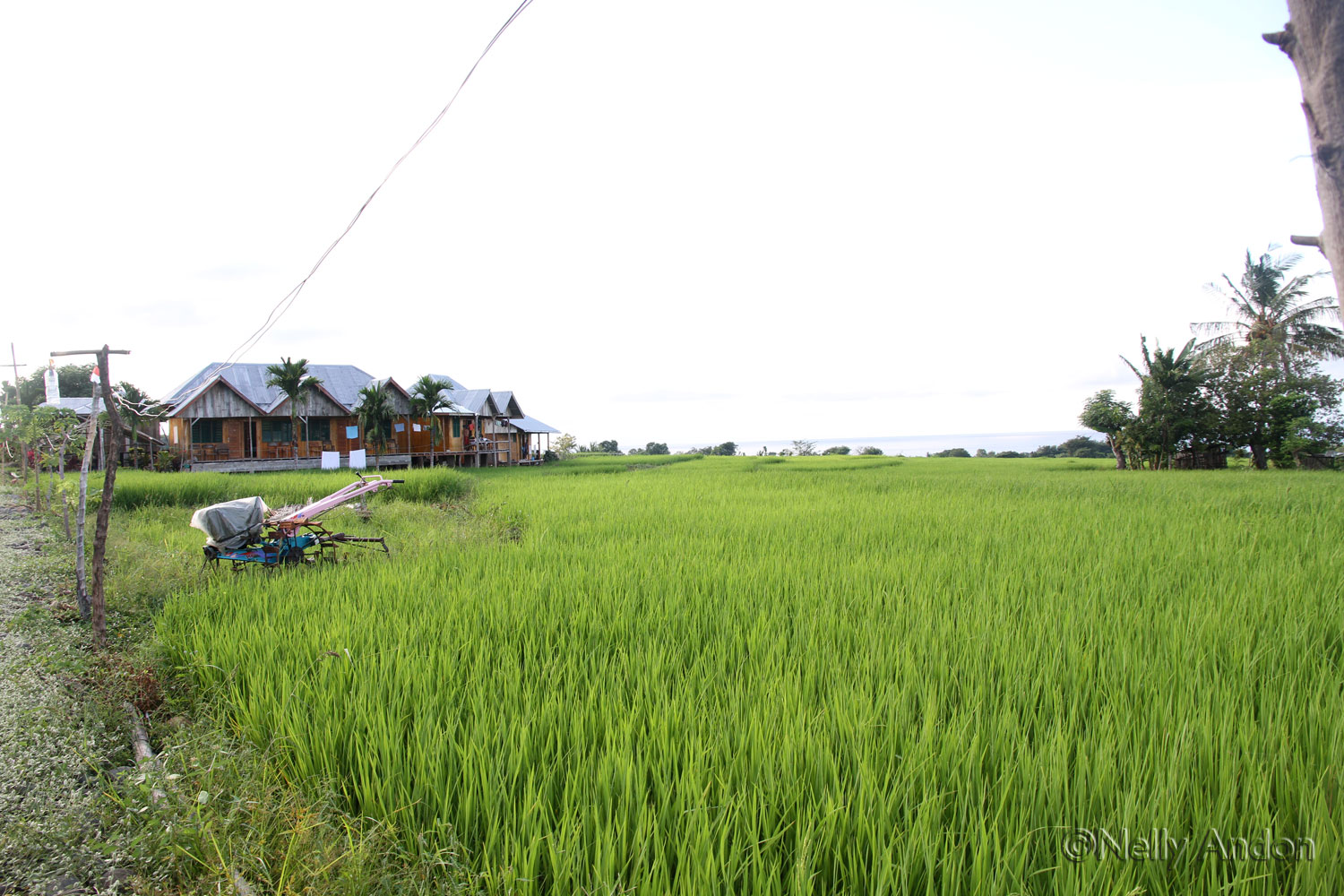
The accommodation here is reasonably priced and very clean. Although is rather basic, it is good and comfortable enough for a short stay. It has some good size beds and large semi-modern bathrooms, but sadly no hot water. The room price includes breakfast and dinner. They don’t seem to mind if you arrive late at the property, they would still offer you food.
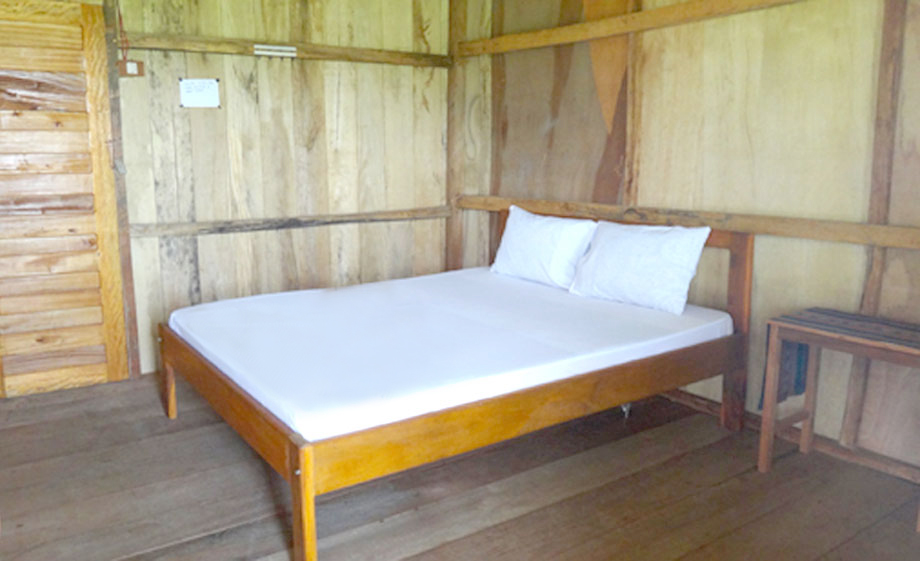
We got up very early in the morning and started the day with a very good breakfast. Jerry our tour guide to Wae Rebo reminded us of things we needed to take for the long journey. We packed our rucksacks with some provisions and any necessary equipment we needed for this journey. We said goodbye to the Warebo Lodge’s pussycat who had been faithfully sitting here with us the night before and this morning, then we set off for the hike.
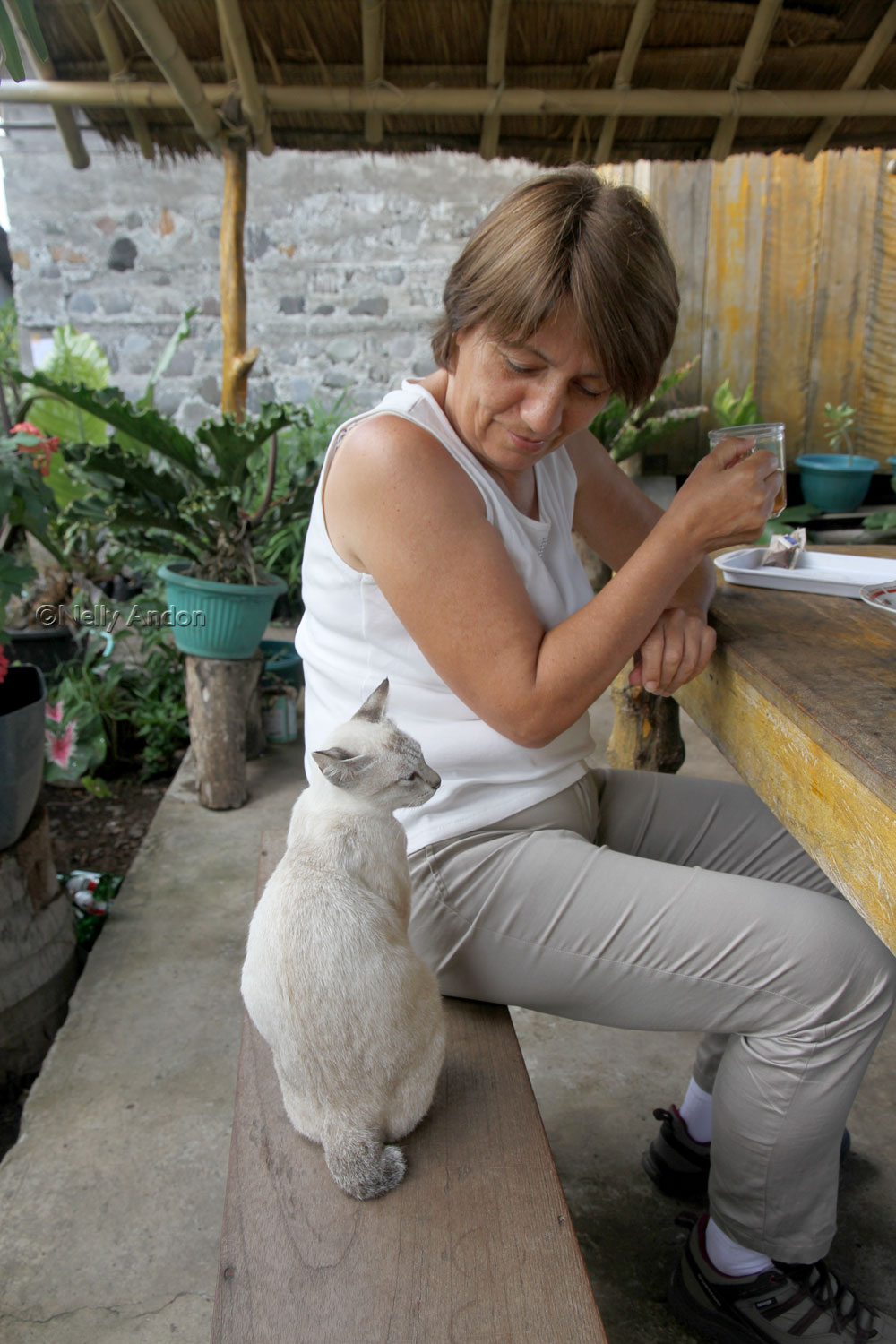
We headed to Denge by car, a small village just out of Dintor, as the hiking trail started there. We passed some amazing Manggaraian villages on our way to Denge and saw some amazing ikat textiles hanged outside of people’s houses to dry. Just before we reached Denge, there was a great viewing point along this route, where you can see the magnificent views out towards the Savu Sea. It was a fairly clear morning, the views of Mules Island in the distance was truly majestic and breathtaking.
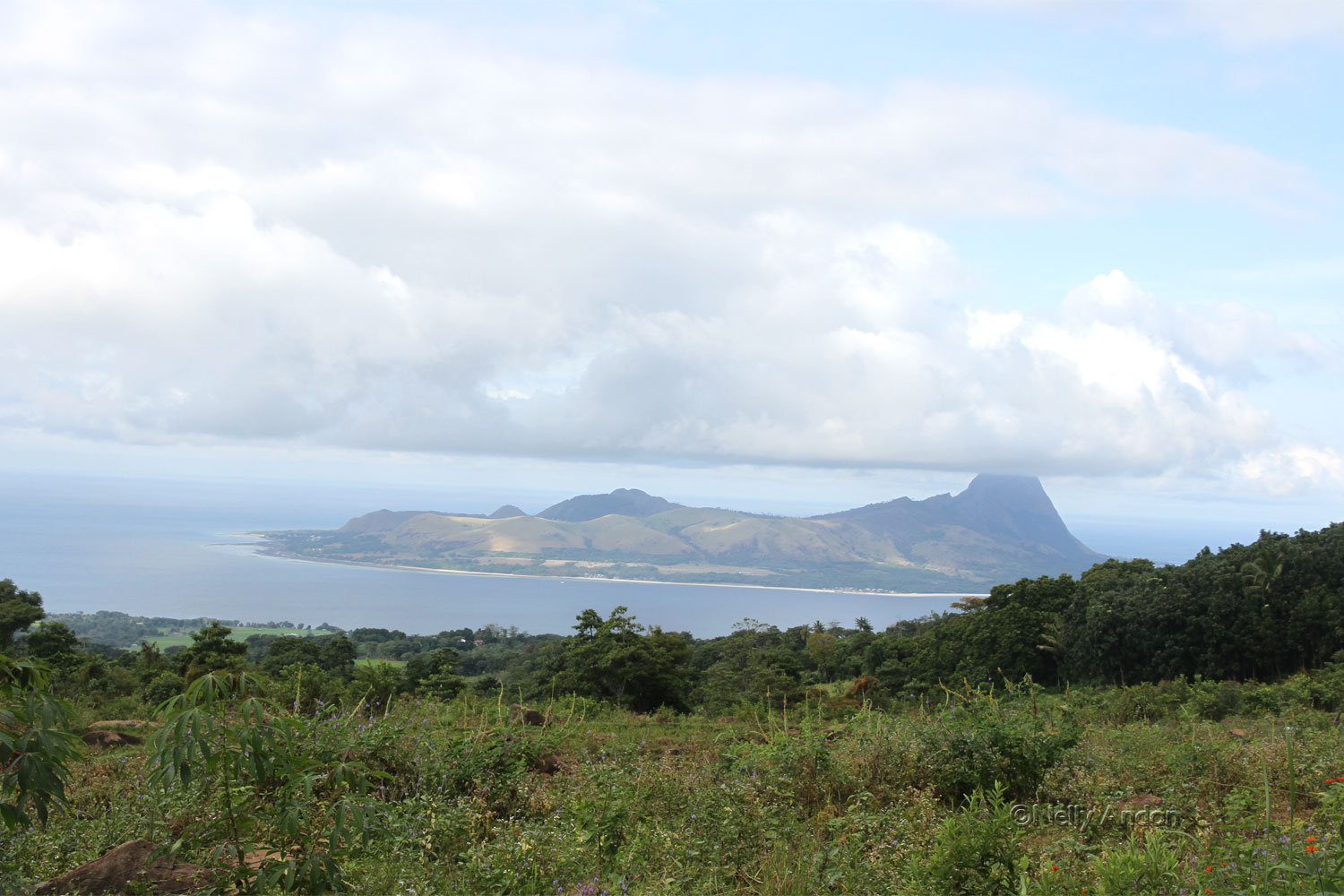
There was a lovely little church and a school just before Denge Village, looking very peaceful.
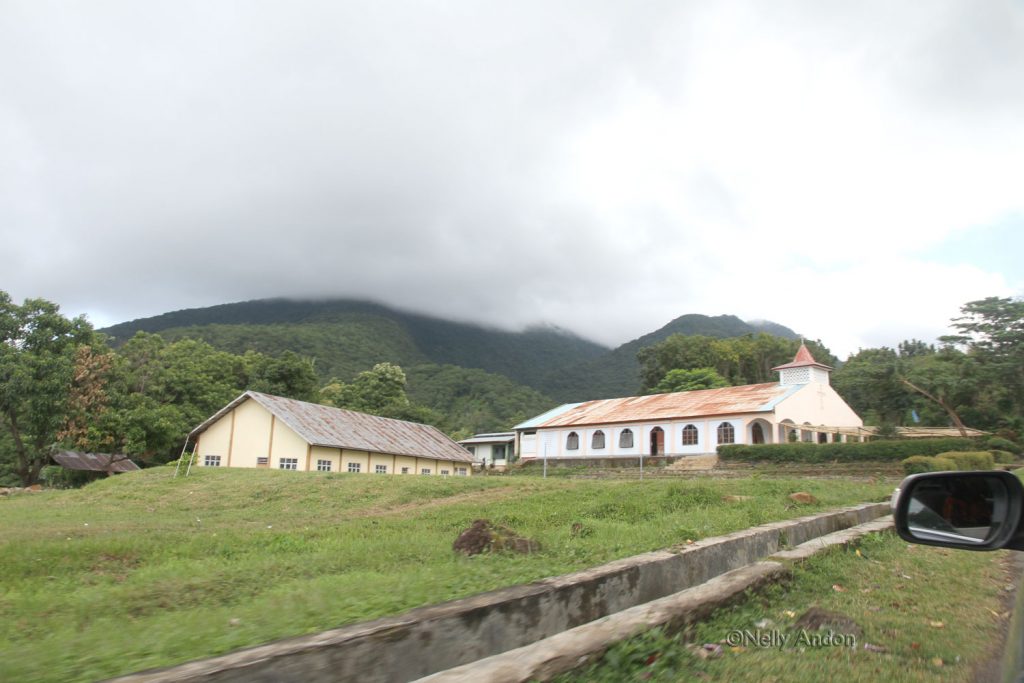
Our driver dropped us on the bridge where the hike started. They told us that previously cars could go a little further up the hill, but the bridge was currently being re-constructed and under major repair, so all car journeys must end here for the time being. It was a long way to go from here to Wae Rebo, so we had to travel light, carrying just some necessary things to support our journey for the two days (on our way up to and back from Wae Rebo).
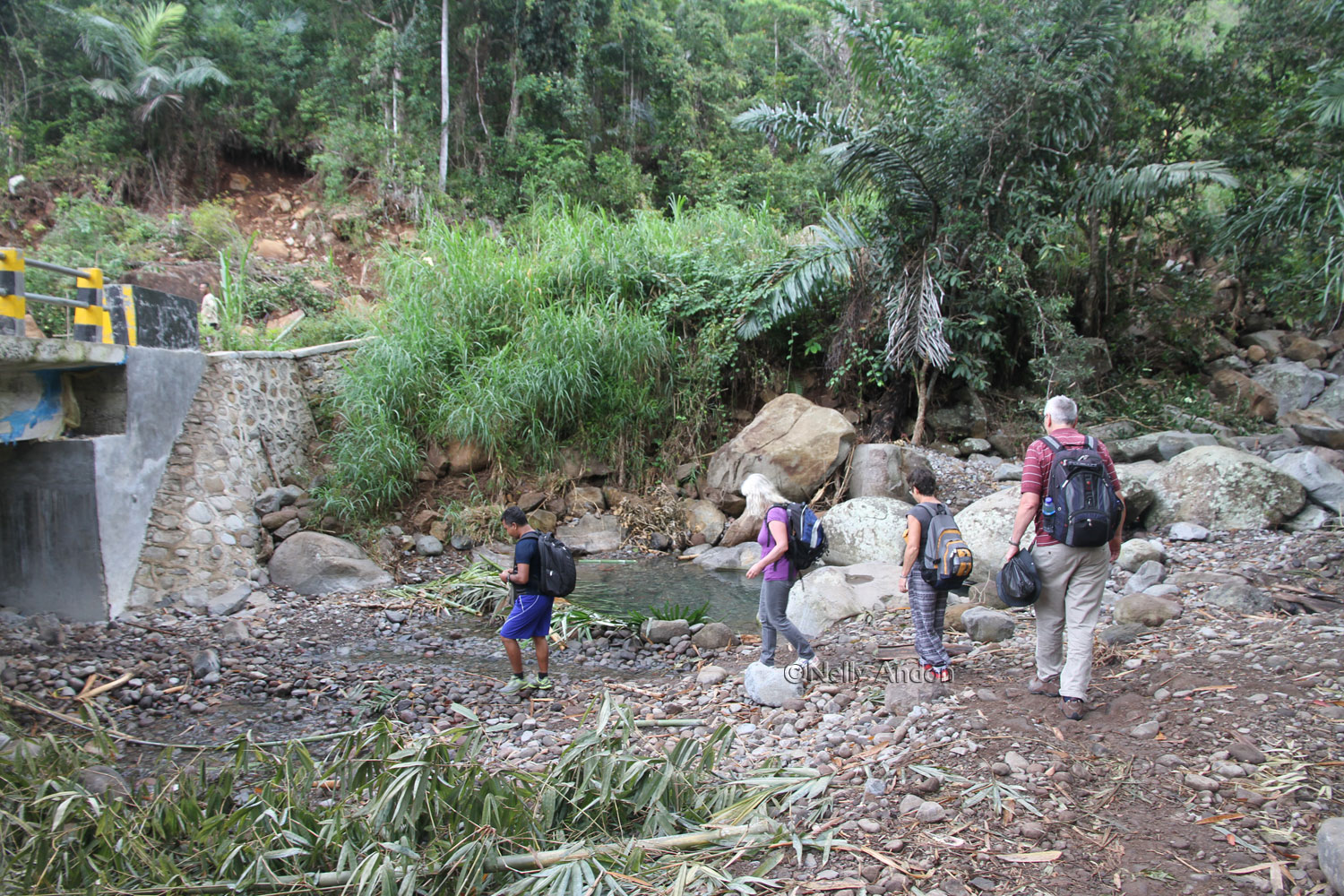
Wae Rebo is an old Manggaraian village, situated in beautiful and peaceful remote mountain site of the Western region of Flores. I had been reading so much about Wae Rebo prior to this visit, desperate to find useful information that we could use to support our visit to this stunning village. This was our first visit to Wae Rebo, to see the Mbaru Niang with my own eyes. Mbaru Niang is the traditional Manggaraian house, built in a circular cone-shaped, a unique architecture. According to history and stories, the village was founded by a man called Empu Maro over 100 years ago and has been used to hold rituals, ceremonial events, village meetings, and community prayers. Wae Rebo is recognised as one of the best heritage sites in the Asia Pacific and has received the Top Award of Excellence from UNESCO in 2012.
As we hiked, I pictured the village in my head all the way and captured many photos from around me. The hike was very challenging at times, but it was worth every step. The dense rainforest along the narrow path to Wae Rebo was truly magnificent and peaceful. The wildlife is thriving here. Every now and then we met a few villagers on their way to the market and greeted us with great smiles. We heard some amazing bird’s songs, but we were not very lucky to see any birds of paradise at this time. Occasionally, we could hear some monkey calls in a distance and Jerry our tour guide regularly started a song encouraging the group to sing along. There were 8 of us on this hike together, my husband and I, two lovely ladies from Australia, a mother and daughter from Italy and 2 guides (Jerry, an independent tour guide and Martin Ango’s young nephew from Wae Rebo lodge).
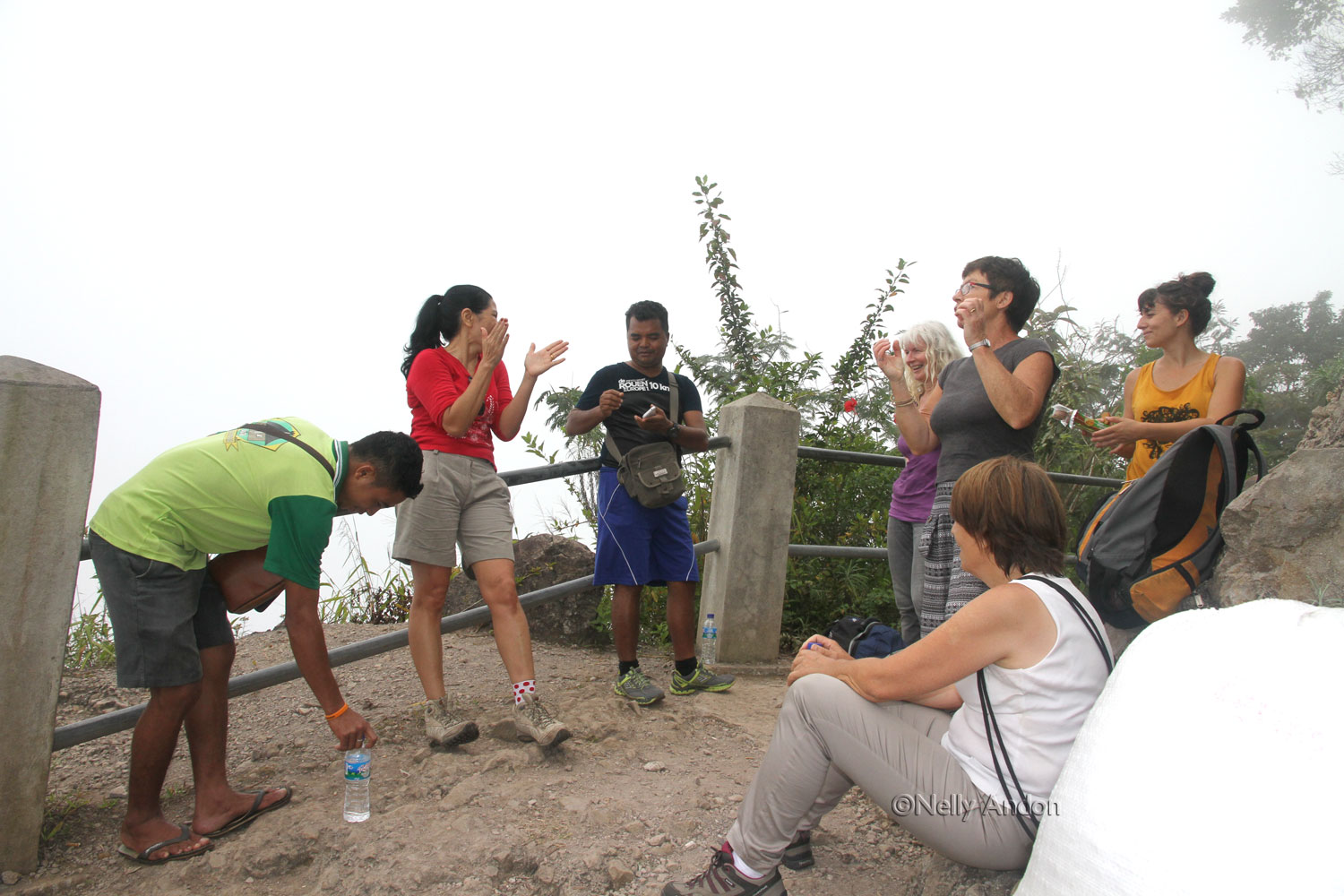
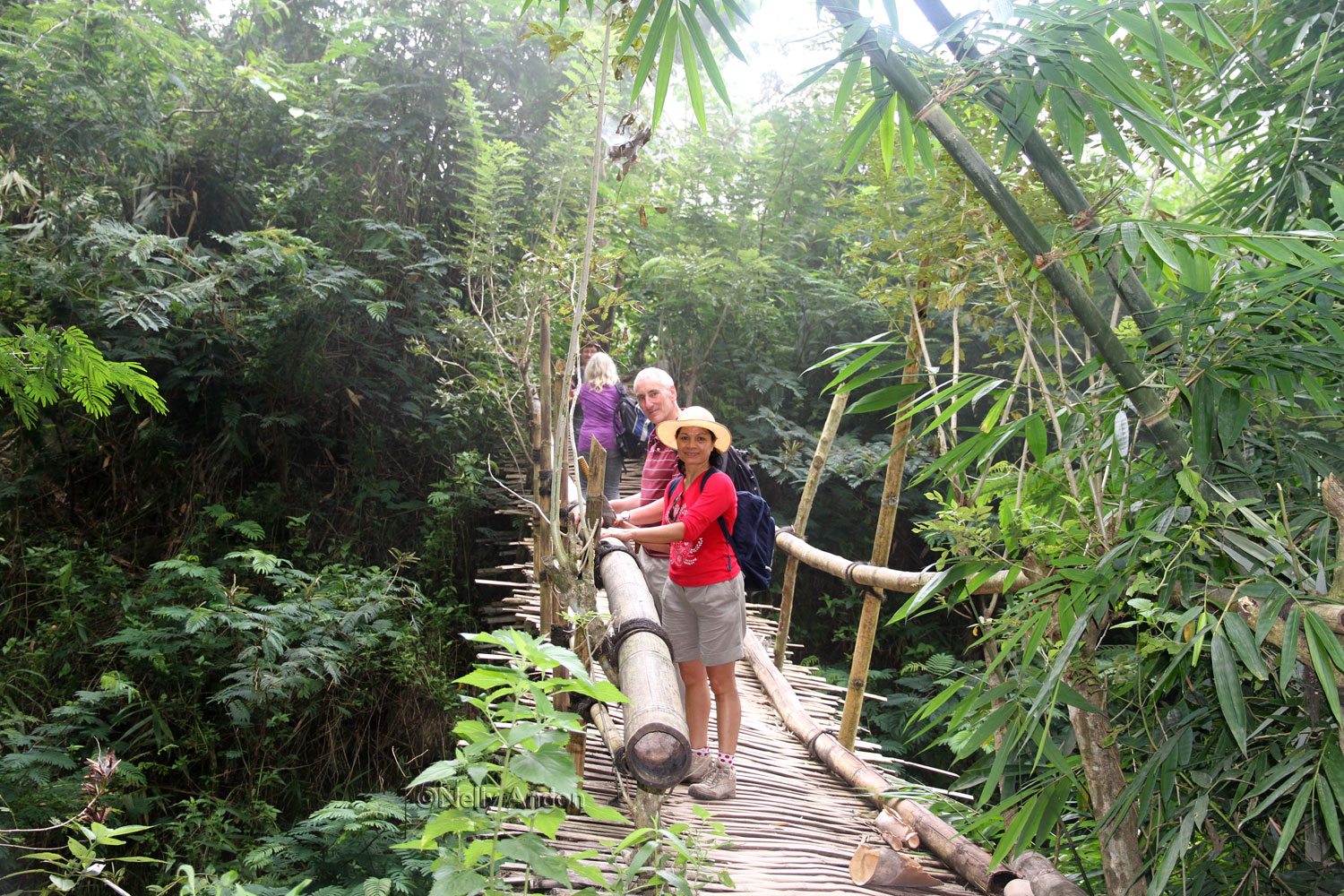
We made it to Wae Rebo eventually. I am proud to say that we made it there in good time, approximately around 4 – 5 hours hike, and we arrived in Wae Rebo before sunset. Jerry, our tour guide briefed us on all the procedures on entering the village. We followed every step and followed the rituals as advised by Jerry.
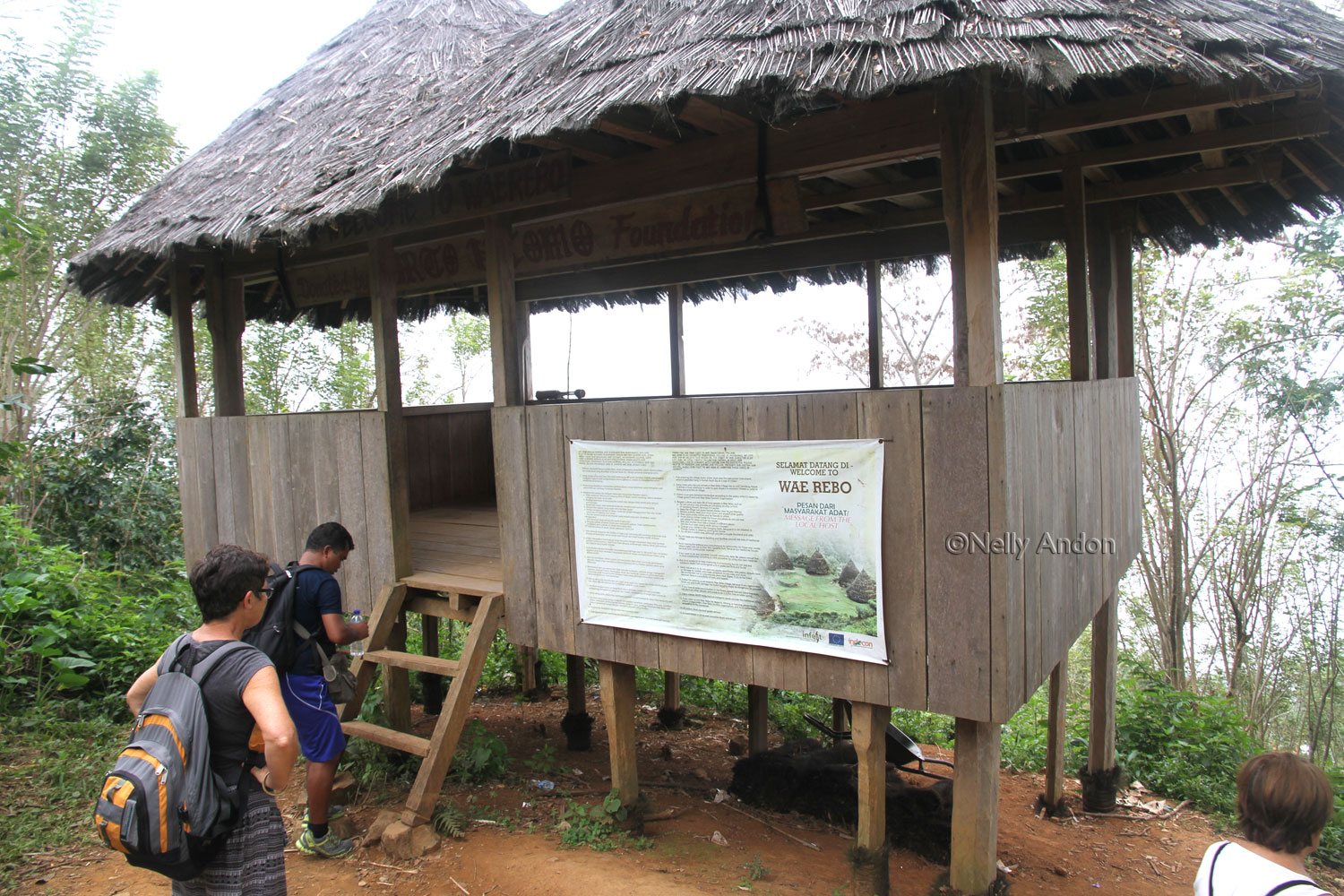
We headed to the house of the village head for the welcoming ceremony. After greeting and seating us appropriately, he led a 2-minute prayer asking the Gods for some blessings for our visit. A Rp 50.000 (about US$3.5)/per person is awarded to the chief for this ritual ceremony. After this ceremonial ritual, we were then allowed to look around his house, spoke to a member of his family and free to explore the village. After the welcoming ceremony, we headed to the top of the hill (the highest point on the village) to take some pictures. Sadly, the mist descended upon us very thickly and quickly and that was very disappointing. Eventually, the mist cleared, but night time seemed to fall very quickly after, so we headed back down to the village to meet the people and the other guests there.
We were told that we would be staying at the guest house for the night. I honestly thought that the guest house would only be shared by a few people for the night, but we realised that all guests arrived that evening, 36 of us in total, were staying at the guest house, each guest paying Rp 325.000 (around the US$25/head) including basic dinner and breakfast. This communal house has a round shape floor equipped with some very basic mattresses laid and positioned like orange segments, not recommended for people with back problems. Magically, we were all agreed to accept the condition of 36 people sharing a not so large space and just get on with our lives. Usually, I am a very light sleeper, but surprisingly I didn’t hear any snorer that night, we must have been very tired from the hike.
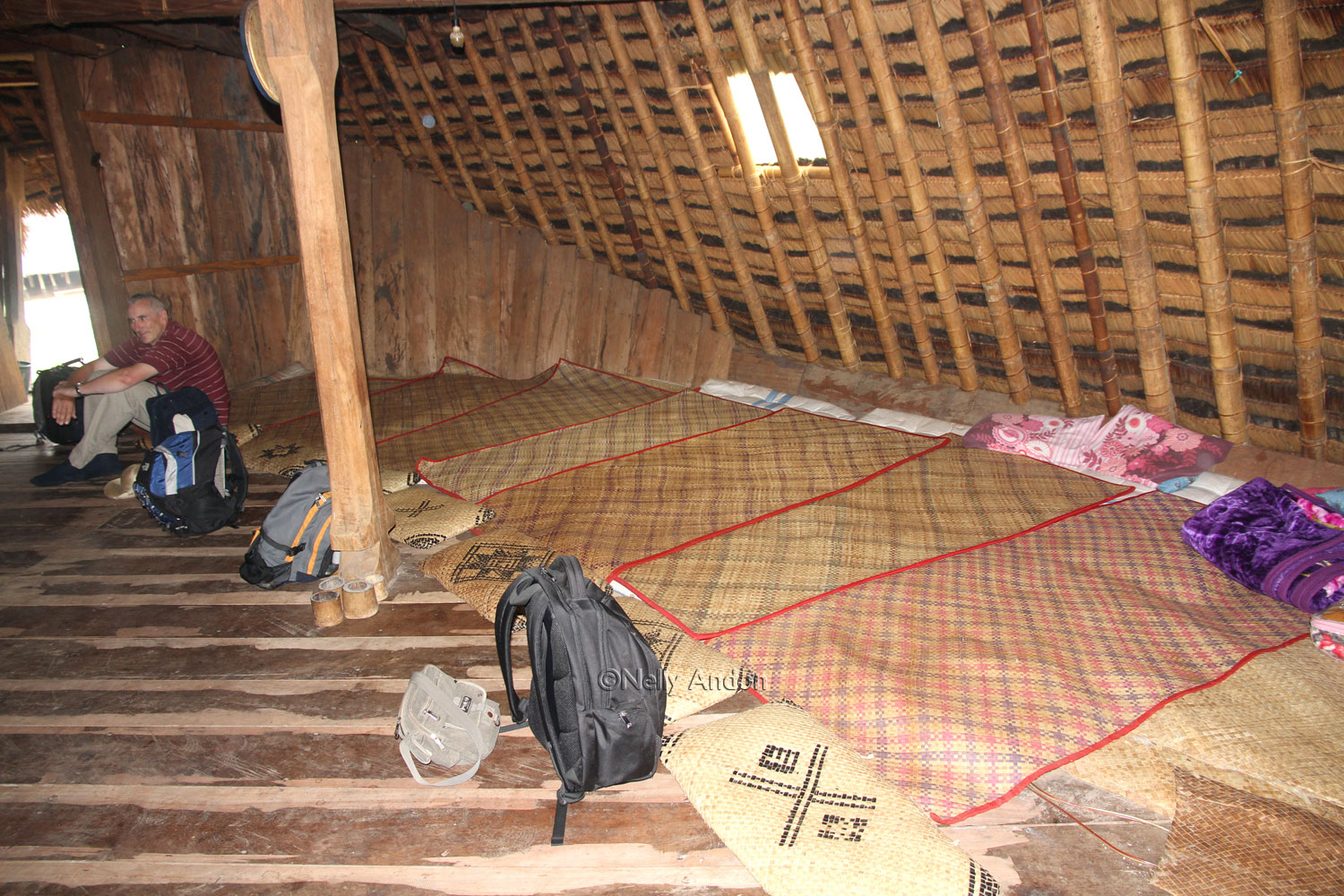
The village team managing the accommodation here is very friendly. The cooks in the kitchen were ladies from the village who were scheduled to do shift work taking a turn to cook for the guests. On the night of our stay, one of the ladies who was scheduled to cook that evening lost a member of her family and could not be there, so I offered to cook some chicken curry with the help of the ladies from my hike group. My food creative skills came handy when they told me there was no coconut available here in the village, but they had some candle nuts which did the job just perfectly. This was an extra great memory of Wae Rebo for me, sharing my cooking skills in an unlikely kitchen I never imagined I would be cooking in.

The next morning, we were up early and started to pack for our journey down back to Dintor. It was a beautiful morning, so I started going around taking photos, capturing the activities of the local people. PLEASE VIEW THE GALLERY BELOW FOR MORE IMAGES CAPTURED AROUND THE WAE REBO VILLAGE. Inside the guest house, I saw several ikat textiles being displayed for the visitors to purchase. These are traditional textiles from the Maggarai region. I was very curious, here in Wae Rebo in an ancient village, I didn’t see any old looking textiles design on site, and most of the textiles displayed here were textiles with bright colours. On the afternoon we arrived, I did chat with a few ladies who told me that they do weave in their spare time, some of their textiles are being displayed at the village shop. I also saw a weaver weaving under her house. I wanted to speak to her, but she seemed very shy, so I held the desire to speak to her that afternoon. The next morning, I spotted her again, but this time she was pounding the coffee beans using traditional mortar in the yard. I smiled at her and I ask if she will be weaving again that morning. She didn’t speak much Indonesian, but she understood part of my conversation. I ask her if she could demonstrate her weaving skills to us, and she agreed. I wanted to ask more about the original textiles from Wae Rebo, but I reckoned this question would have been a bit too technical for her to answer. I have been searching for some information on Wae Rebo’s traditional textiles since I left the village, sadly I haven’t come across any viable information on the subject to-date. So, if you do know something, please share this with me.

We had an amazing time in Wae Rebo, my husband and I have learned so much from this visit, both environmentally, socially and culturally. There were things we embraced about the village, the people and the culture they practice there, but there were also things we disapprove of about the system practised. We felt some of the things practised there were not in tune with the mission and vision of Wae Rebo we have always heard before. Whilst we may love to support the preservation of traditional and historical heritage, we must not forget to educate the people living there. Wae Rebo would always be a beautiful village, but won’t be so beautiful if things around there are not preserved ethically. I was very disappointed to hear that children here don’t go to school properly. Some older children (not all) would leave the village to attend schooling elsewhere.
There is a beautiful building up the hill, built in the shape of the Mbaru Niang house, which apparently donated to the village by an Indonesian famous educational figure a few years ago, donated to be used as a library. The building was apparently donated equipped with books, but sadly all the books eventually rotted away and some were eaten by mice. The building still stood there today, as a testimony to the fact that education has not been encouraged here in Wae Rebo. The building is even big enough to use as a school for younger children in the village, sadly no one initiated this idea, hence this beautiful library will continue to rot away over time. I am not sure if I am the only person seeing this when visiting Wae Rebo, or are we all just have to pretend to be polite? I feel whilst we all making a great effort to visit Wae Rebo and help preserve this world heritage and culture, we should also think about the future of the people here and we should all try to help eliminate poverty and promote education in this precious ancient village.
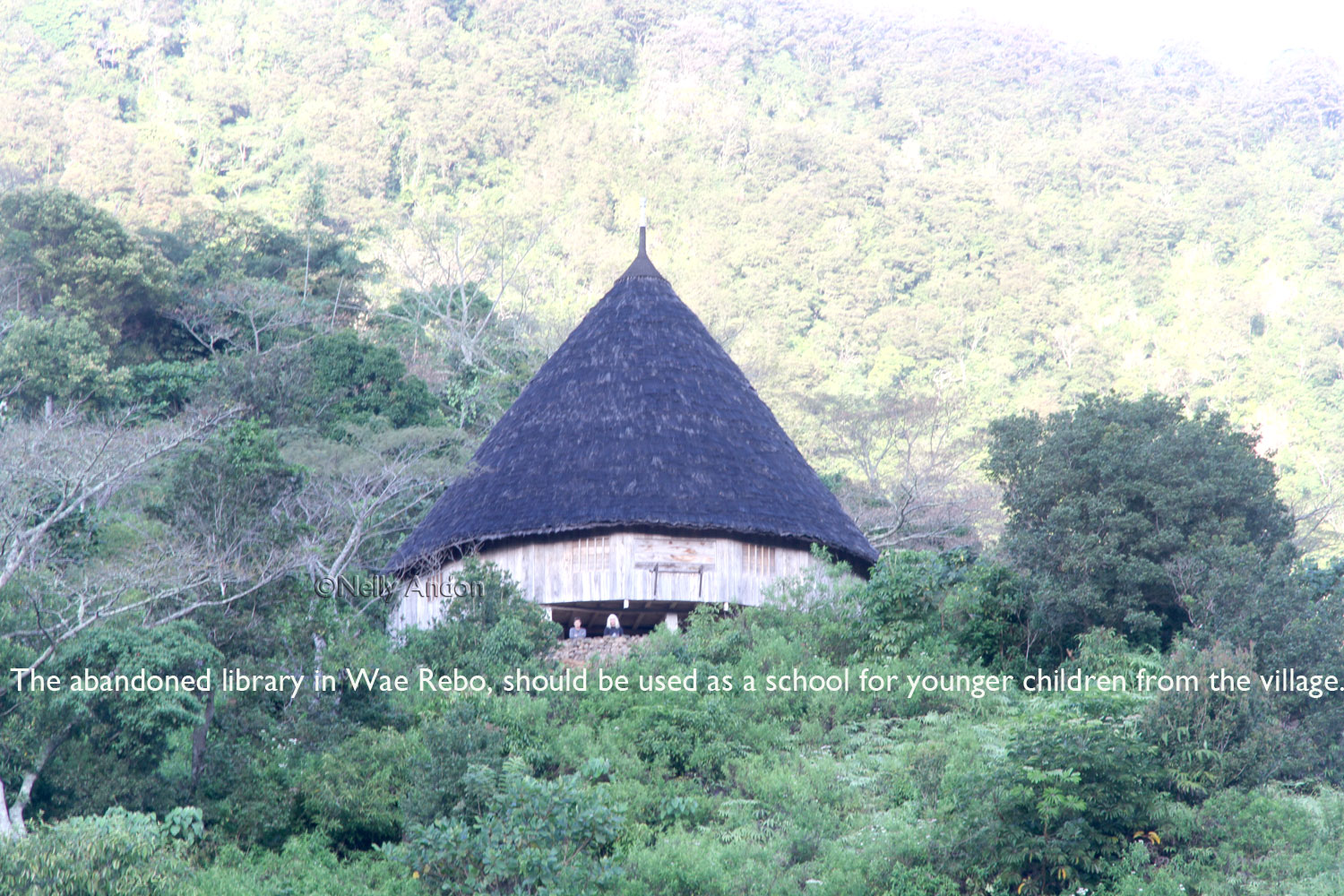
Upon returning from Wae Rebo Village, we spent the afternoon strolling along the black beach of Dintor, swimming in the rough waves and sitting on the shores of the white rock beach overlooking Mules Island. There is a daily market here in the village, but mainly for food and necessities. The coastal people here are majority Muslim and so do people in Mules island. We asked them if we could hire a small motor boat to visit Mules island, but there wasn’t any boat available at that time, so we didn’t make it across. People here were not very interested in tourists, particularly people in Mules island, apparently don’t like to see tourists in their swimming costumes in public beaches. I think is understandable if this is related to their beliefs as Muslims.
Are you interested to join our small group tour to Wae Rebo, CONTACT ME for more details.
DON’T FORGET TO SEE ALL MY OTHER PHOTOS IN MY WAE REBO GALLERY BELOW.
